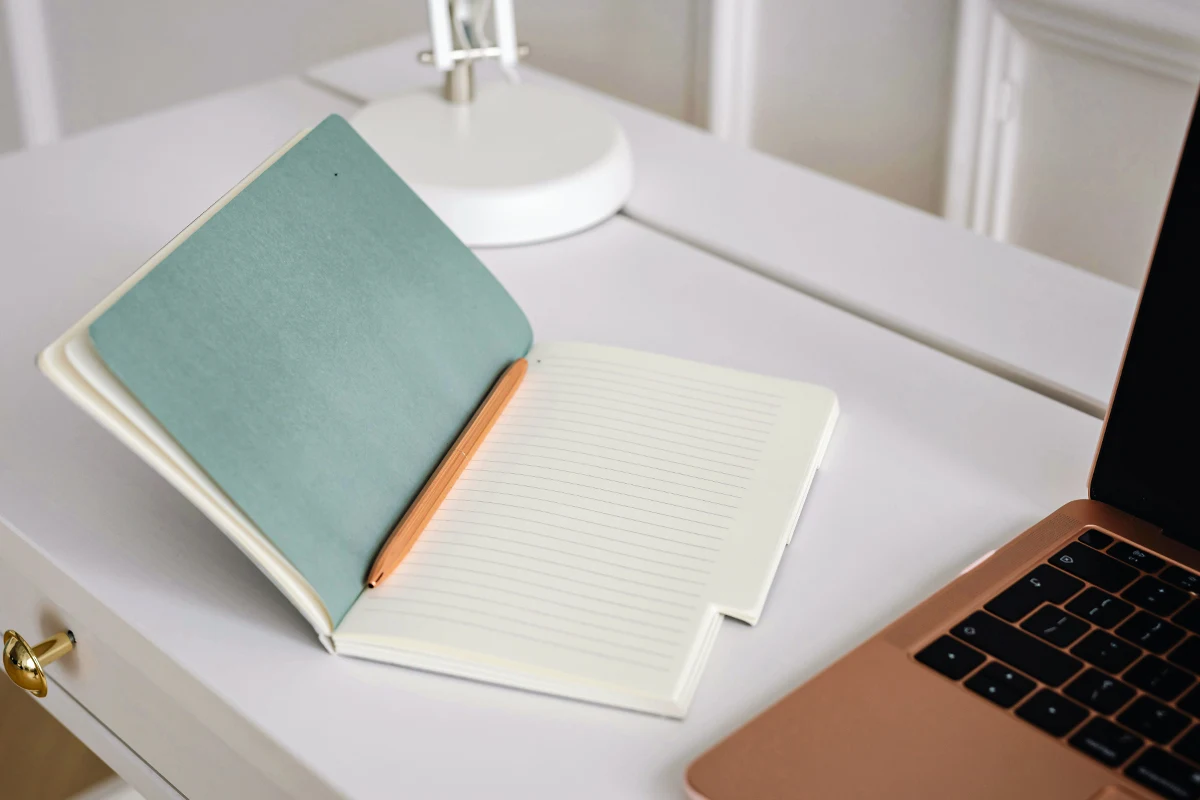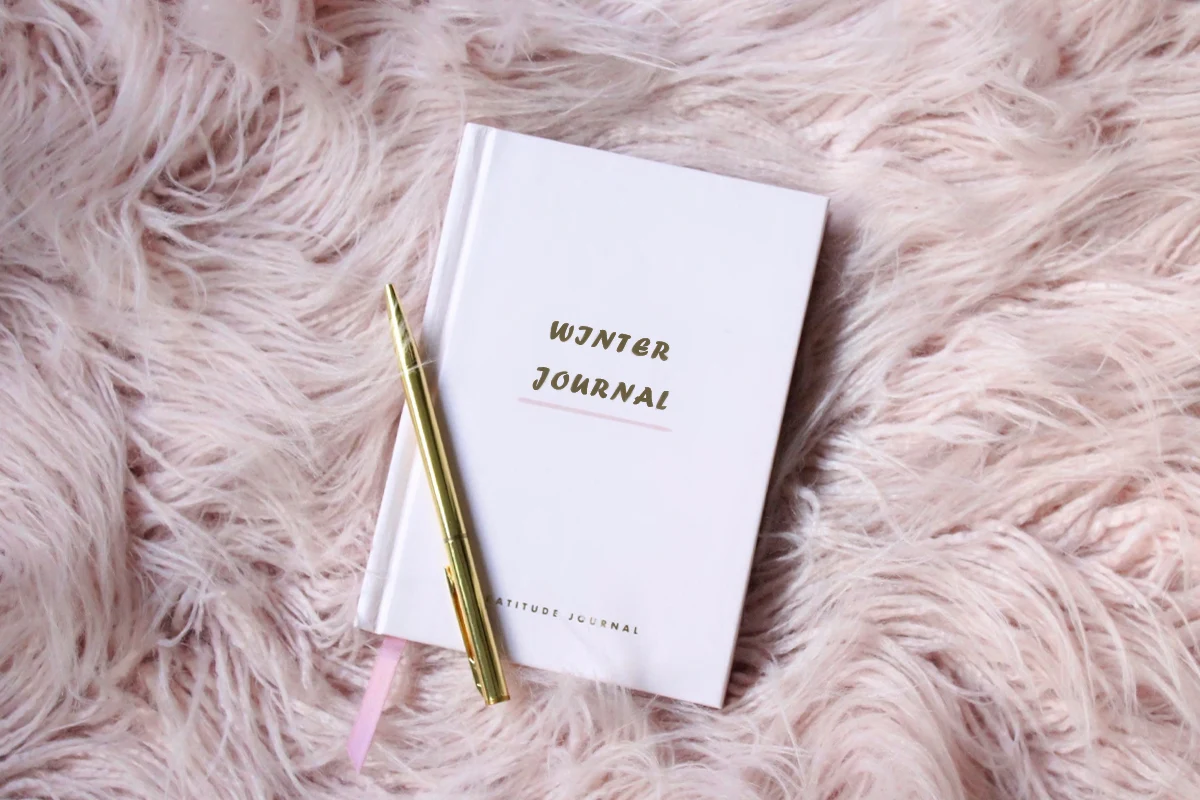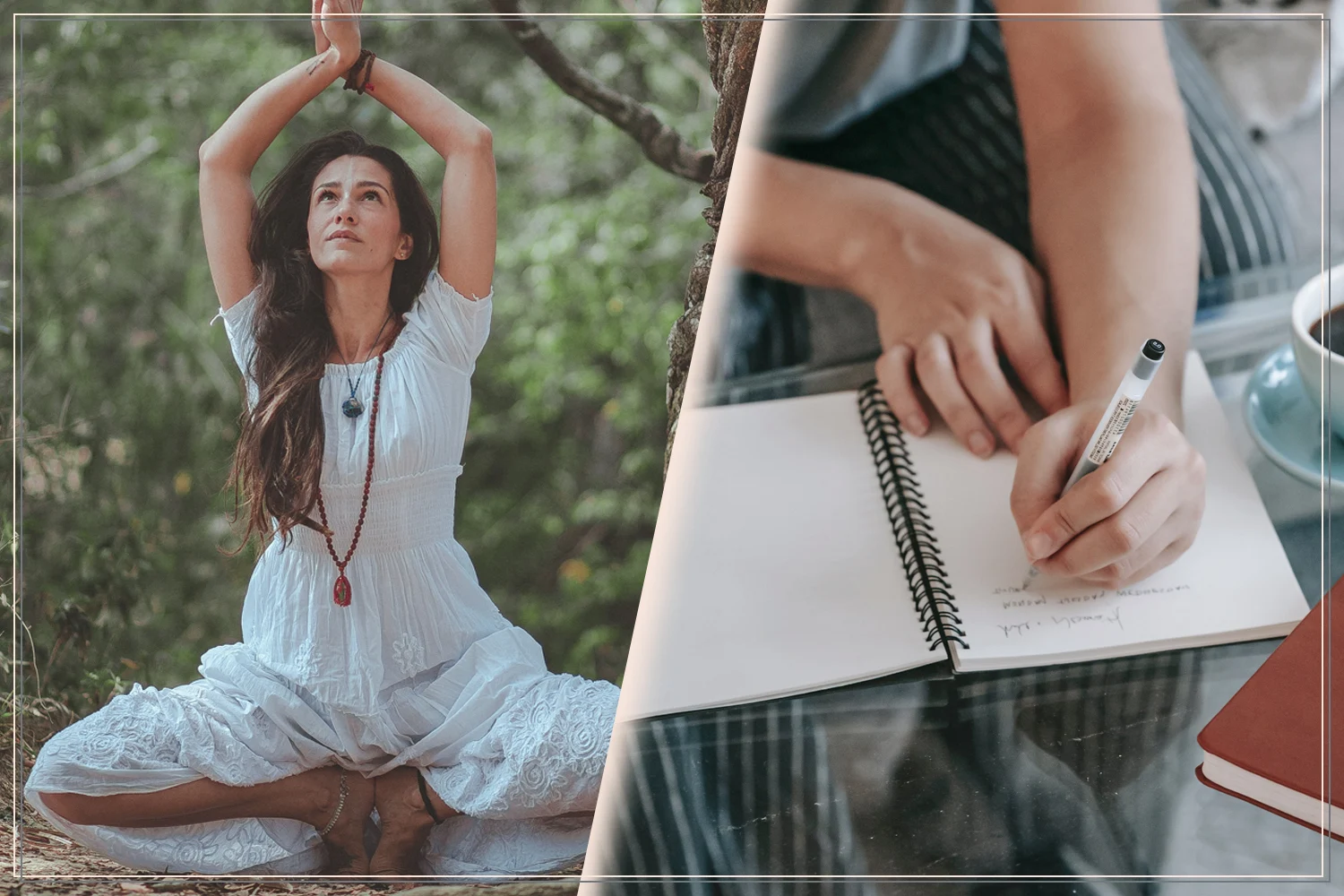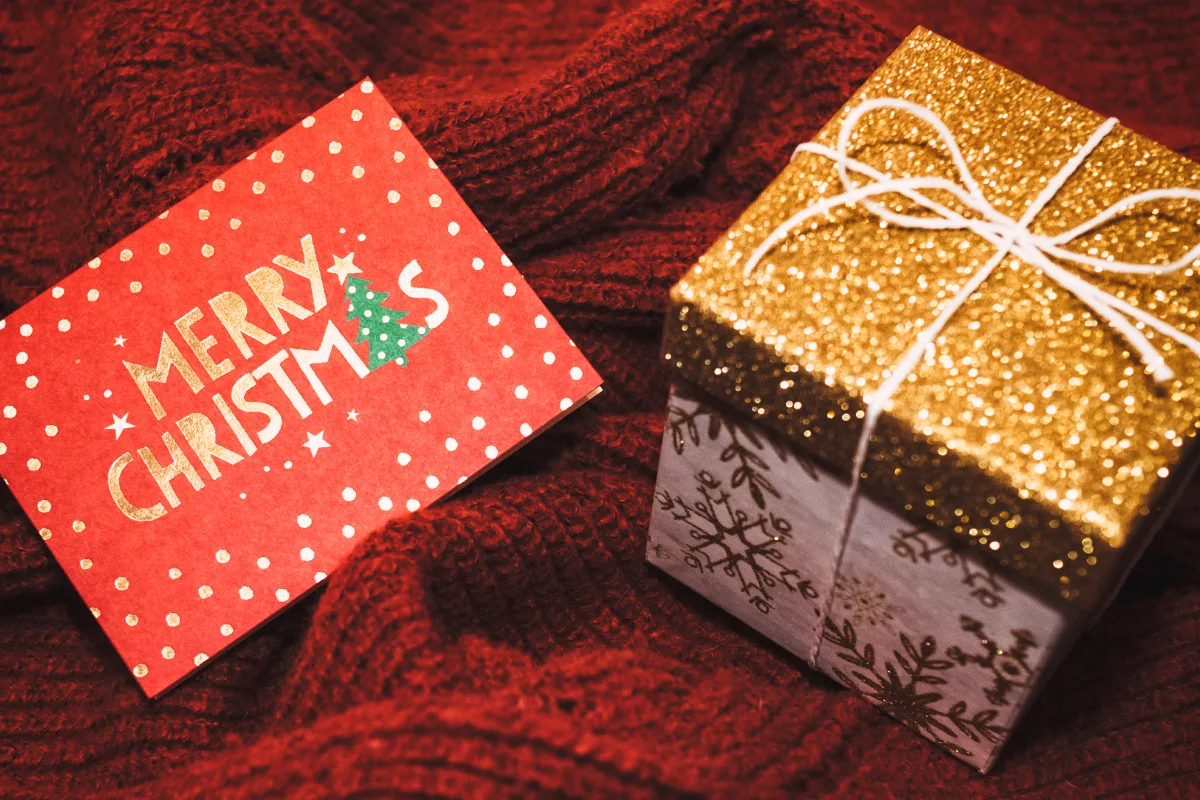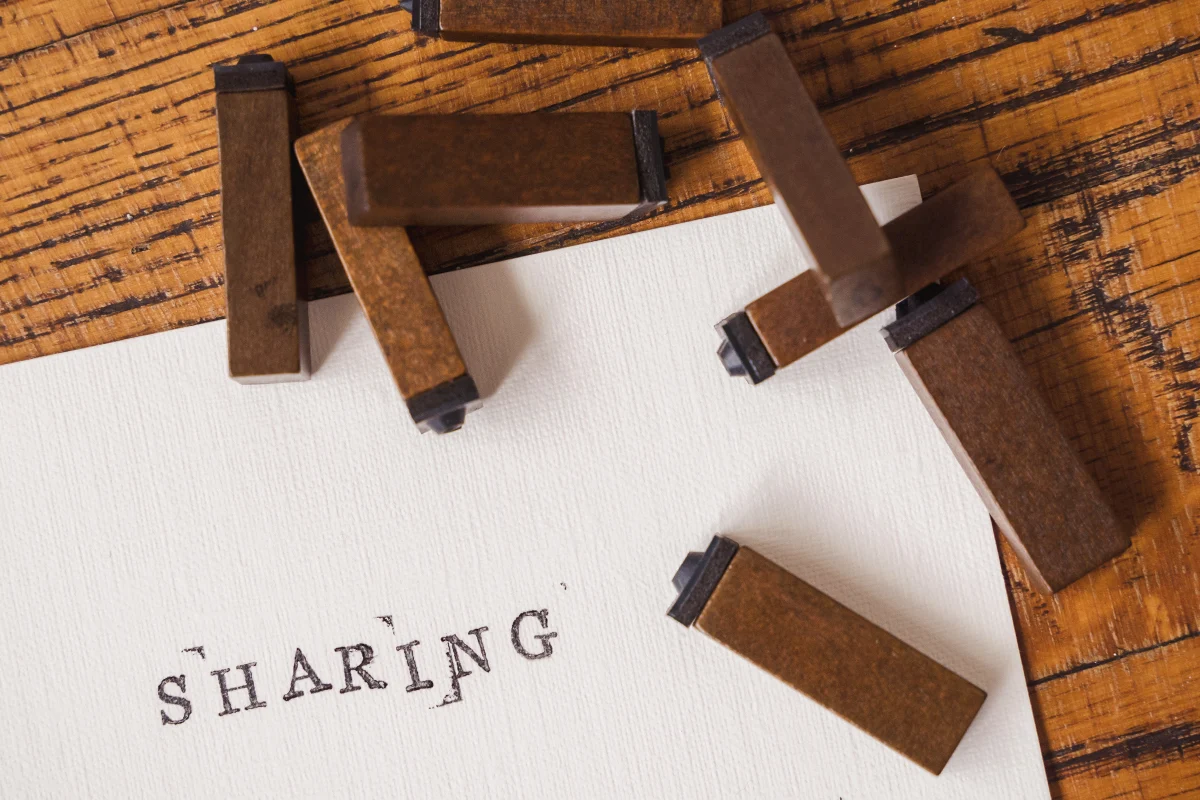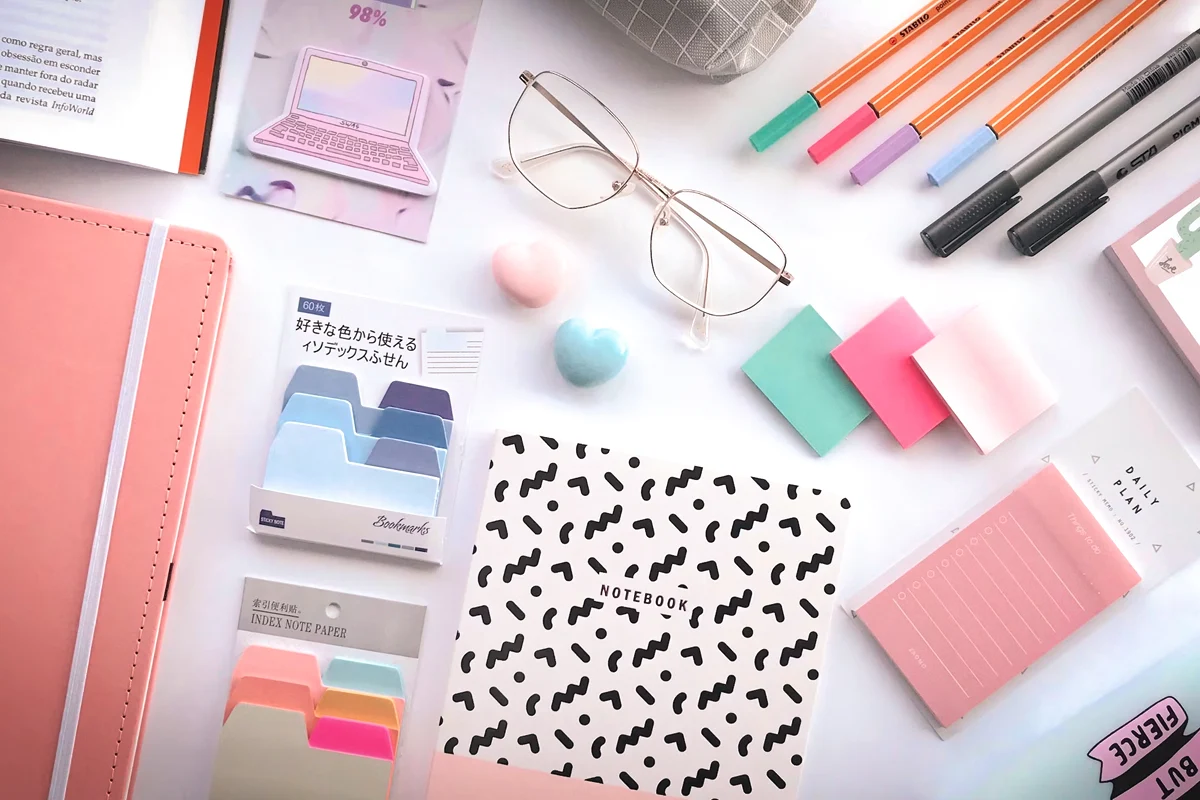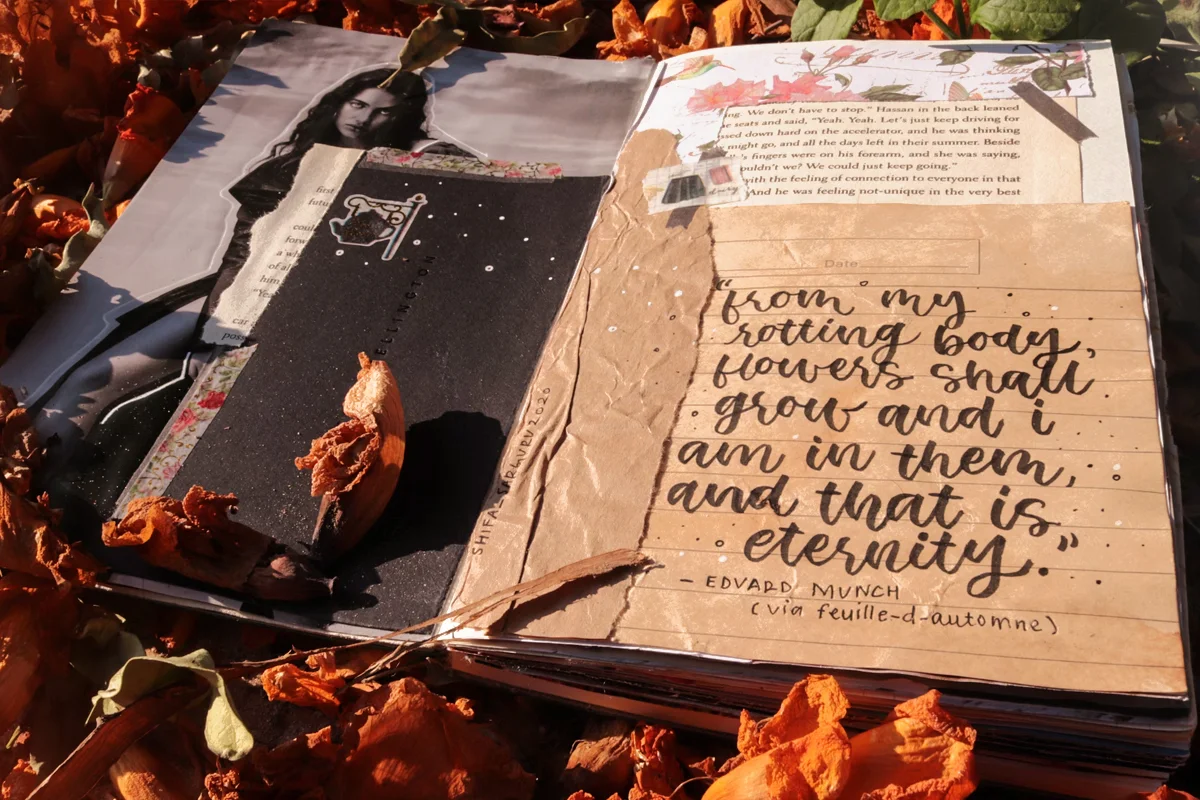Beyond its decorative appeal, washi tape symbolizes a fusion of cultural tradition and modern expression, making it a beloved tool for
junk journal enthusiasts, crafters, and artsy souls seeking to infuse their creations with a touch of elegance and individuality.
A Prompt History of Washi Tape
The story of a modern washi tape intertwines with Japan's Edo period (1603-1868), where craftsmen in rural villages began producing traditional
handmade paper known as washi. Made from natural fibers like bamboo, hemp, or rice, washi was prized for its strength, lightness, and unique texture. Initially, artisans used it for calligraphy, bookbinding, and traditional arts. However, the modern washi tape, as we know it, emerged much later.
In the early 2000s, Japanese companies began transforming washi into decorative tape. Kamoi Kakoshi Co., a century-old stationery company, introduced MT Masking Tape, revolutionizing the concept of adhesive tapes. Their vibrant colors, intricate patterns, and characteristic semi-translucent quality quickly caught the eyes of crafters and artists globally.
What to Do With Washi Tape: 5 Creative Ways to Use It
The popularity of sticky washio tape, which can be easily rem, and moved from any surface led to an explosion of creativity, making it a staple in DIY projects, scrapbooking, home decor, and more. Here are a few ideas you might want to try yourself.
Upgrade your stationery game by embellishing notebooks, planners, and pens with strips of washi tape. Create borders, and patterns, or even customize your writing tools with different designs. It adds a pop of color and personality to otherwise basic journaling supplies.
Give your walls a fresh look without committing to paint or wallpaper. Use washi tape to create geometric patterns, frames for photos or prints, or even craft temporary murals. It’s easily removable and won’t damage your walls, making it perfect for renters or those who love changing up their space frequently.
Organize in style by using washi tape to label containers, mark calendars, or color-code folders. It’s a fun and functional way to bring order to your spaces, whether it’s the kitchen, office, or classroom.
Let your creativity soar by incorporating washi tape into various DIY projects. From handmade cards to creating your own bookmarks, scrapbooking, or jazzing up plain candles or plant pots, the possibilities are endless. Its adhesive nature makes it easy to work with and a joy to experiment with in crafting.
Elevate your celebrations by using washi tape to decorate party favors, create themed banners, or adorn glassware. It’s a simple yet effective way to add a personalized touch to birthdays, weddings, or any special occasion.
Popular Washi Tape Types
Modern washi tapes come in a variety of colors and styles, so everyone can find a fitting tape for their project. Let's take a quick glance at some of my personal favorites!
‣ Patterned Washi Tape: This type comes in a multitude of designs – florals, geometrics, animals, and more. It's versatile and widely used for decorative purposes in crafts, journaling, and home décor.
‣ Solid Color Washi Tape: Sometimes simplicity speaks volumes. Solid colors of washi tape offer a clean, minimalist look. They're great for adding accents, color-coding, or creating sleek designs.
‣ Foiled Washi Tape: These tapes have metallic or holographic foiling, adding a touch of shimmer and elegance. They're ideal for adding a bit of glamour to projects or for special occasions.
‣ Washi Tape Sets: Often sold in coordinating sets, these tapes come with complementary designs or colors, allowing for seamless coordination in crafting or
DIY paper decorations.
‣ Washi Tape with Special Finishes: Some tapes have special finishes like glitter, matte, or glossy coatings. These add texture and depth to projects, creating eye-catching effects.
‣ Wide Washi Tape: While traditional washi tape is usually narrow, wide washi tape provides more surface area for larger projects like covering notebooks, creating borders, or decorating bigger spaces.
Let's Summarize...
Whether you're a crafting enthusiast, a stationery lover, or someone looking to add a touch of charm to everyday items, the diverse range of washi tape types and designs ensures there's something for everyone. From decorative accents to organizational solutions, this versatile tape transcends its adhesive nature, becoming a catalyst for imagination and expression.

